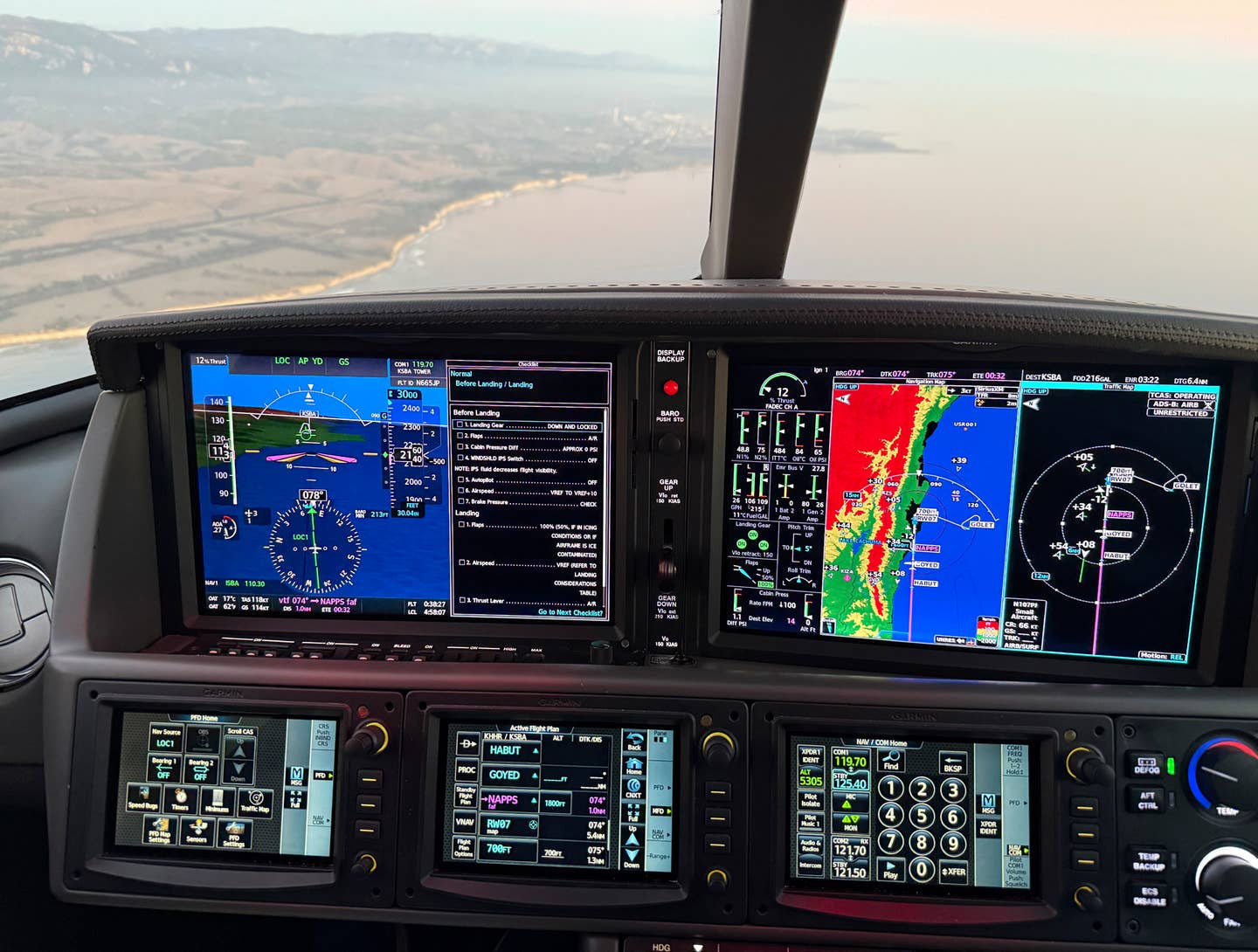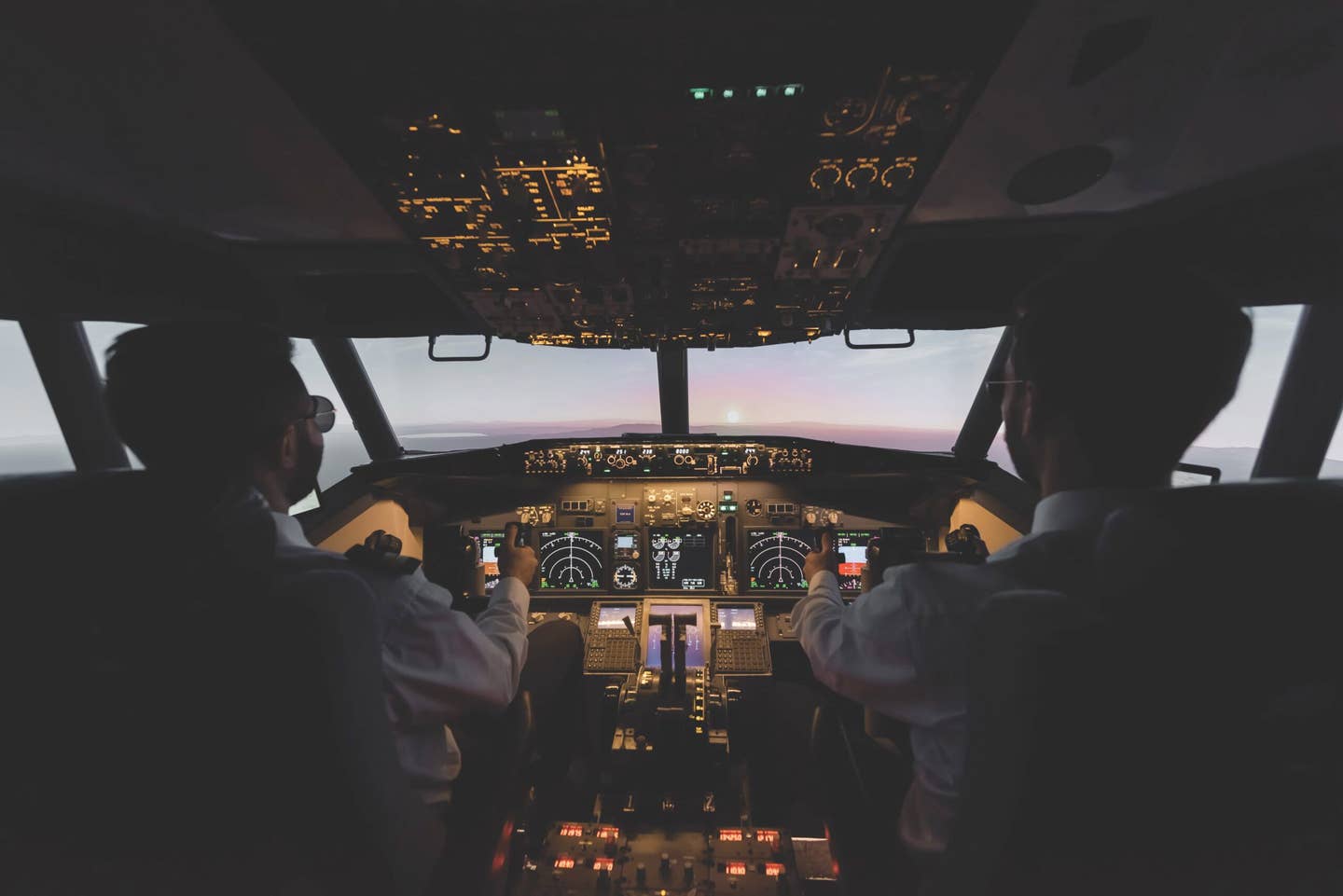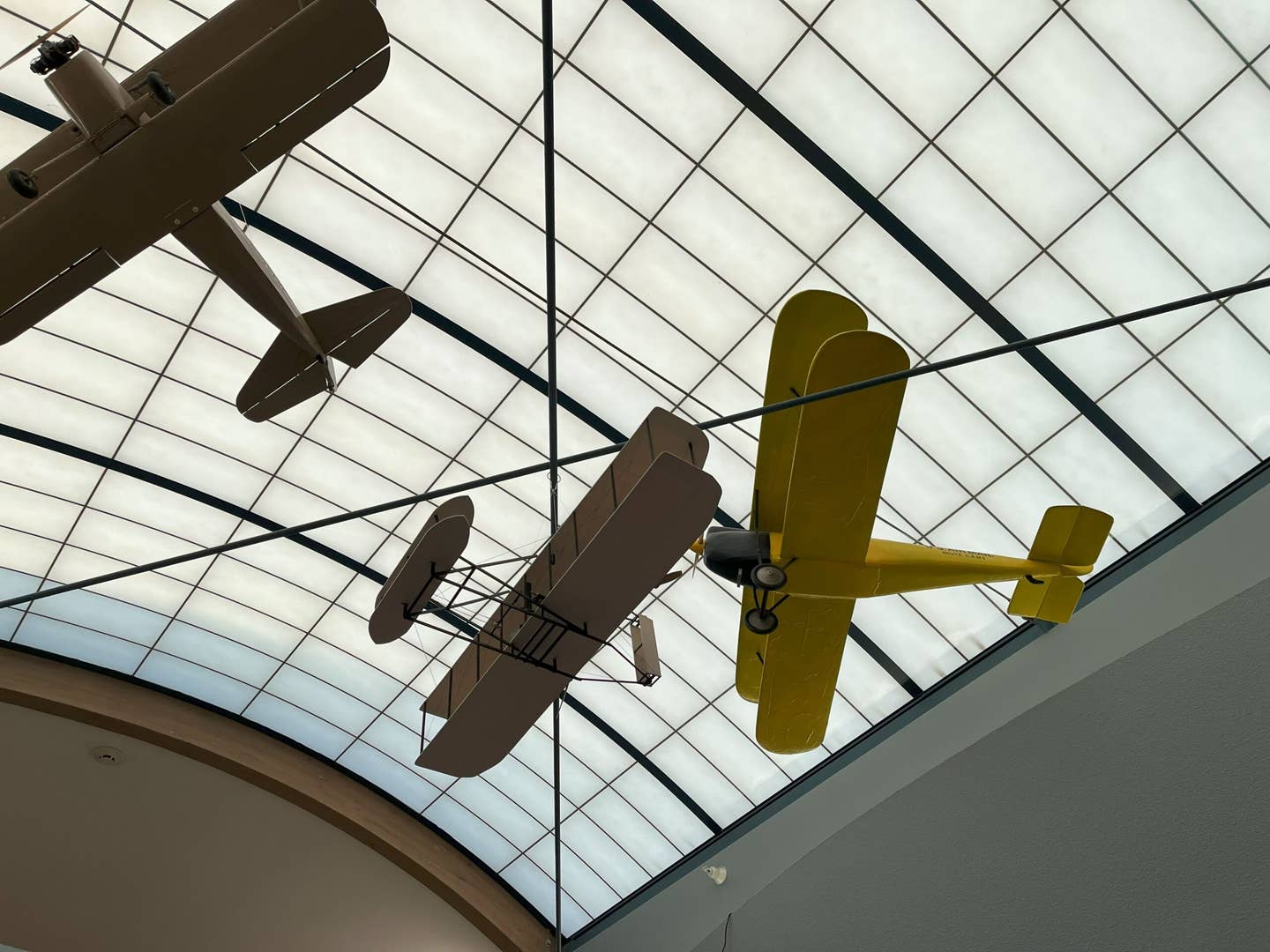
OK, here's an admission: I rarely look at other aviation publications unless there's an article about somebody who intrigues me, like Bill Lear Jr. or "Fish" Salmon, or something in the "I think I'm supposed to know this but I don't" category, like the difference between Fowler, Krueger, Gouge, Fairey-Youngman and Gurney flaps.
But I picked up another current magazine with two pieces by the editor, a commentary on flight instruction and a factual account of an aviation accident and the National Transportation Safety Board's findings on probable cause. At first I just scanned his editorial, but then I backed up and read it more carefully — and then reread it several more times. Finally, after chewing on it for a while, I reminded myself that "authorities" aren't infallible and an opinion is just that — somebody else's take on an issue that's not necessarily valid or practical. I decided that, in this case, his conclusions were a little off base — no, I decided he was full of baloney.
In the commentary he posits that some maneuvers required by the FAA for pilot certifications have outlived their usefulness and should be abandoned; teaching people to fly like we did in the '50s is archaic and impractical. And while conceding that you can't be a safe pilot without learning precise control of heading, altitude and airspeed, he says we're wasting time teaching "oddball" maneuvers like lazy eights and turns around a point. It's time we move into the 21st century and concentrate on mastery of the innovative and sophisticated electronics available to any pilot with enough change in his pocket. Moving maps, glass screens and autopilots have become standard in most airplanes; at the very least, everybody has an iPad with sophisticated aviation apps. Pilotage and ded (for "deduced") reckoning — quaint stuff like plotting courses, computing headings, marking checkpoints on a chart and actually looking outside the cockpit to find them — might be fun but they're "about as critical as knowing celestial navigation."
Whoa, take 'er easy there, Pilgrim! I think I see Jimmie Mattern, Wolfgang Langewiesche and Capt. Elrey B. Jeppesen doing slow rolls in their graves.
OK, I'll admit I had to be dragged, kicking and screaming, into the era of glass cockpits. Having been around airplanes since shortly after the Wright brothers flew, maybe I'm guilty of clinging to traditional rites of passage. But I'm still in the sky more days than not, flying myself or evaluating the competency of everybody from sport pilots to ATP applicants flying everything from J-3s to DC-3s. I'm also intimately familiar with the less than graceful — sometimes ugly and dangerous — performance of those who don't have the basic skills a Langewiesche, an Evelyn Johnson or (though not in their league) a Martha Lunken would demand.
Mastery of maneuvers like chandelles and lazy eights demonstrates a pilot understands how to coordinate the flight controls — rudders, elevator and ailerons — to fly an airplane in a specific pattern with precise control of attitude, altitude and airspeed. My instructor friend Sophie Gilgean tells me she introduces commercial students to lazy eights and chandelles by first having them perform the maneuvers with their feet flat on the floor. You want to see ugly? It's ugly! But with practice a pilot learns the ever-changing inputs of aileron and rudder that are necessary as pitch and airspeed change. He has to divide his attention between watching the instruments for angle of bank, airspeed and that little ball and checking outside that he's correctly inscribing a horizontal figure eight on the horizon (lazy eight) or a loop in an oblique plane (chandelle). Yeah, it's a bitch, but once mastered it's proof you deserve the title "airman" and not just airplane driver.
The private student who doesn't understand turns around a point never understands the effect of wind on an airplane in a traffic pattern. Curiously, my writer friend (I hope he's still my friend) branded this a "useless maneuver" but wrote another story in the same issue about a pilot who stalls and crashes while turning onto final approach. Why? For some reason he chose to land on a runway with a strong, gusty tailwind. Not taking this into account, he misinterpreted his unusually fast groundspeed as excess airspeed and slowed the airplane. Since turning into a tailwind increases the radius of turn, it's likely he steepened the bank and used bottom rudder (a common error) to correct for overshooting the runway. If he understood the theory behind and was proficient in those "useless" turns around a point, I'm willing to bet he'd still be around to fly another day.
Pilots who can't "sight" the proper nose attitude, trim for hands-off flight, feel an uncoordinated condition or an imminent stall or sense airspeed change, but who can push buttons and follow a magenta line on a glass screen, aren't airmen — they're airplane technologists. Without an autopilot they manhandle the airplane in turbulence, are unconscious of and unconcerned about the ball being out of center in a climb or a turn, "arrive" on the runway putting side loads on the gear in a crosswind and risk "wheelbarrowing" and totally losing control. For their entire flying career they're afraid of getting too close to the edge because they don't know where the edge is.
Sadly, most CFIs don't themselves have these fundamental skills even though the FAA took over initial CFI certifications 20 years ago. And when neither CFI applicants nor FAA inspectors can properly do chandelles, lazy eights or turns around a point, they sure as shootin' can't teach them.
If I sound passionate it's because I'm passionate!
While your E6B might be relegated to the collage of aviation memorabilia on your mantel, a good understanding of the effects of wind — courses and headings and groundspeed — is essential. So is the ability to read and use a sectional chart and a VOR. It's rare for electronics to shut down, but it happens. More commonly a student or inexperienced pilot will blindly follow a GPS giving bad information because he forgot to activate a leg, activated the wrong leg or forgot to switch from "nav" to "GPS." Not trained to think for himself, he accepts that it makes perfect sense to fly a 270-degree heading from KSTL to KLEX — because the box says so.
Don't get me wrong: I love all the magical stuff we have today; it's a semiemergency when I arrive at the hangar and remember with horror that I left my Garmin data card at home to be updated in the computer. Every time I climb into my 1956 Cessna 180 to head off somewhere, I murmur a prayer of thanks for that glorious gift of Nexrad weather. But these goodies are the "icing," and I think that truly being an airman means you look at flying primarily as an art and secondly as a science. Sure, it can be a challenge to learn the "boxes" in a new airplane (unless you're a 19-year-old brought up on automation), but it's not rocket science. Sit in an airplane hooked up to a power cart or buy some time in a simulator and any "oldster" can master the basics of the latest, greatest Garmin or Avidyne or Honeywell box.
Yesterday, on an instrument pilot practical test, my young, tech-savvy applicant had an iPad strapped to his kneeboard. With glare and heat in the cockpit, guess what happened just prior to reaching the FAF on an RNAV approach to Gene Snyder Airport (K62)? Yeah, the electronic wonder shut down and he had no backup charts in the airplane. The panel-mount, IFR-certified RNAV receiver was an older King model that didn't display approach charts, so he was "up the proverbial creek." My point, of course, is the "new stuff" is splendid but, private or instrument pilot, you've got to have a backup: A second iPad is an expensive but OK option; a paper chart is cheap and foolproof.
Get online content like this delivered straight to your inbox by signing up for our free enewsletter.
We welcome your comments on flyingmag.com. In order to maintain a respectful environment, we ask that all comments be on-topic, respectful and spam-free. All comments made here are public and may be republished by Flying.

Sign-up for newsletters & special offers!
Get the latest FLYING stories & special offers delivered directly to your inbox






